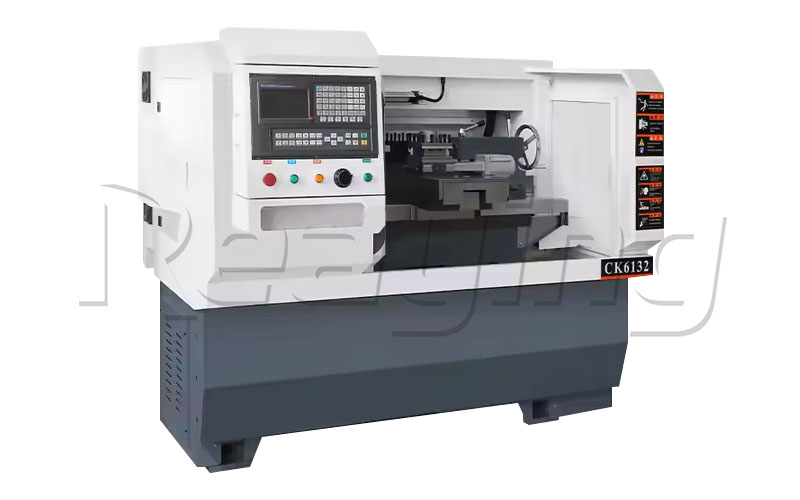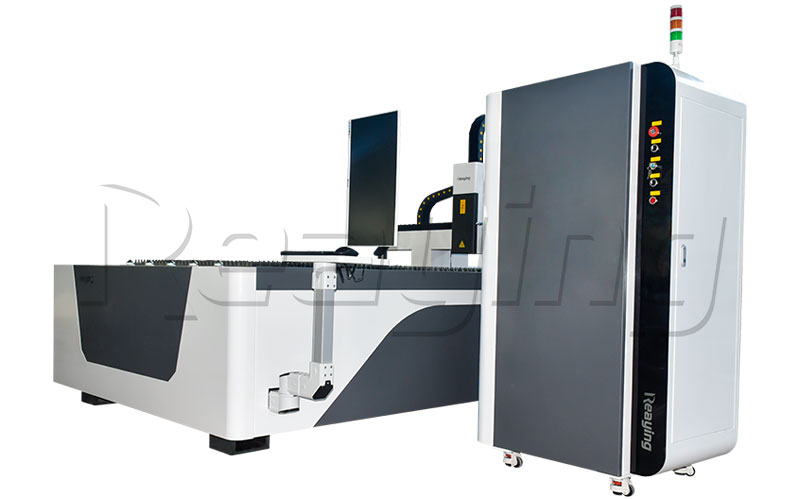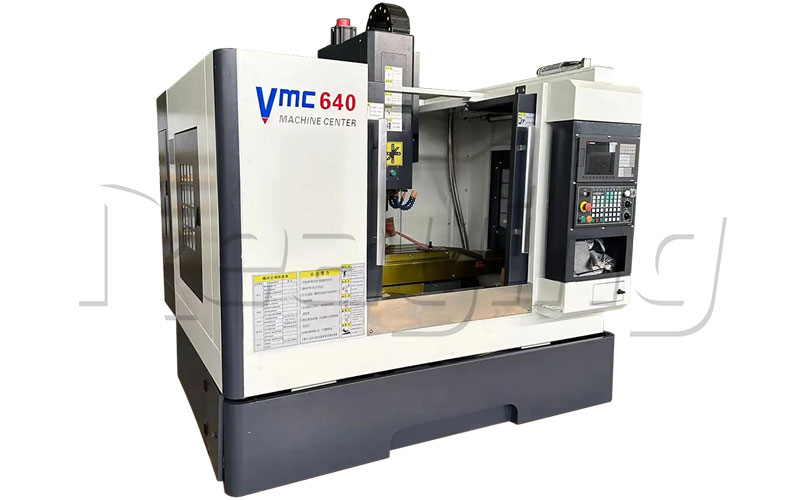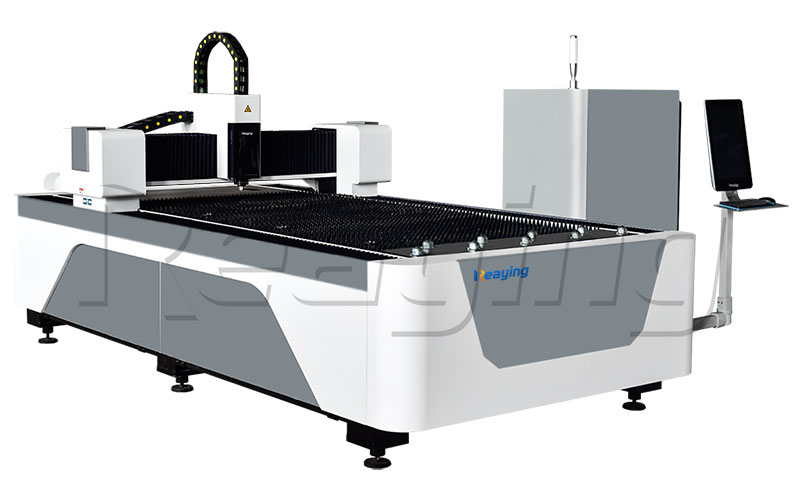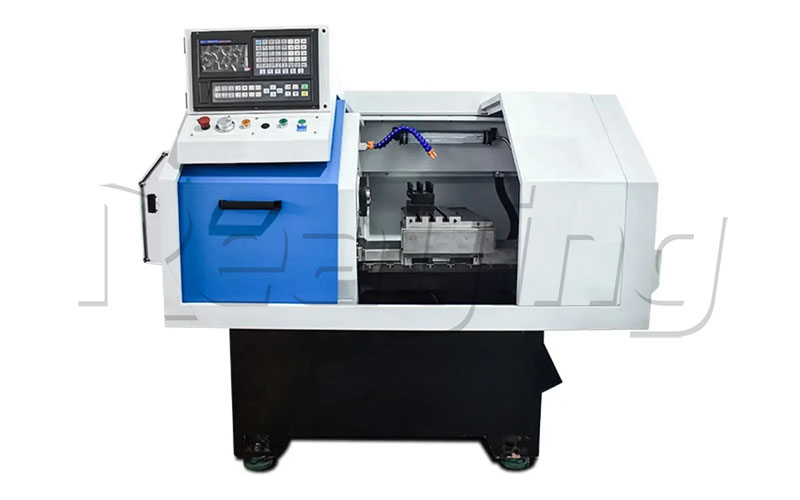The Comprehensive Guide to Using CNC Lathes
Introduction
Computer Numerical Control (CNC) lathes have revolutionized the manufacturing industry by providing unparalleled precision, efficiency, and automation in machining processes. These advanced machines are capable of producing complex parts with high accuracy, making them essential in various industries such as aerospace, automotive, medical devices, and more. This article delves into the detailed aspects of using CNC lathes, including their setup, operation, safety considerations, and maintenance practices.
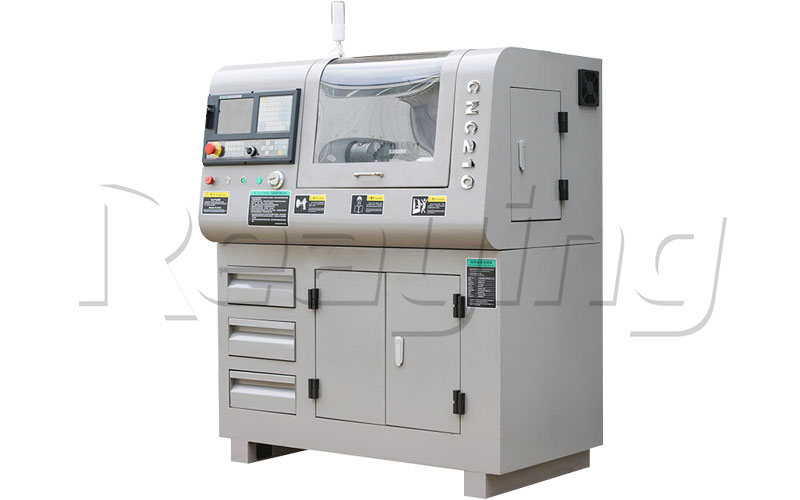
Understanding CNC Lathes
CNC lathes are automated machines that use computer programs to control the movement of cutting tools. Unlike traditional lathes, CNC lathes can execute precise and repetitive machining operations with minimal human intervention. Key components of a CNC lathe include the spindle, chuck, turret, tailstock, and control panel.
- Spindle and Chuck: The spindle holds and rotates the workpiece, while the chuck secures the workpiece in place.
- Turret: The turret holds multiple cutting tools and rotates to position the appropriate tool for the machining operation.
- Tailstock: The tailstock provides additional support for long workpieces.
- Control Panel: The control panel allows the operator to input commands, adjust settings, and monitor the machining process.
Setting Up a CNC Lathe
Proper setup is crucial for the efficient and safe operation of a CNC lathe. The setup process involves several steps:
- Workpiece Preparation:
- Material Selection: Choose the appropriate material for the workpiece based on the desired mechanical properties and machining requirements.
- Pre-machining Preparation: Clean the workpiece to remove any dirt, oil, or rust. Measure and mark the workpiece to ensure accurate placement in the chuck.
- Machine Setup:
- Tool Selection and Installation: Select the appropriate cutting tools for the job and install them in the turret. Ensure that the tools are securely fastened and properly aligned.
- Workpiece Mounting: Secure the workpiece in the chuck. Use a dial indicator to check for runout and adjust as necessary to ensure the workpiece is centered and aligned.
- Program Loading: Load the CNC program into the machine’s control system. This program contains the G-code and M-code instructions that dictate the machining operations.
Operating a CNC Lathe
Operating a CNC lathe requires a thorough understanding of its control system and machining processes:
- Control System Navigation:
- User Interface: Familiarize yourself with the control panel’s user interface, including the display screen, keyboard, and manual controls.
- Program Execution: Execute the CNC program by selecting the appropriate mode (e.g., auto, manual, jog) and starting the program. Monitor the machine’s actions and be prepared to intervene if necessary.
- Machining Process:
- Tool Path Monitoring: Observe the tool path to ensure it follows the programmed instructions accurately. Look for any signs of tool wear or deviation from the intended path.
- Cutting Parameters: Adjust cutting parameters such as speed, feed rate, and depth of cut based on the material and desired finish. Optimize these parameters to balance efficiency and tool life.
- Quality Control:
- Dimensional Inspection: Use precision measuring instruments (e.g., calipers, micrometers) to inspect the dimensions of the machined part. Compare the measurements to the specifications in the engineering drawing.
- Surface Finish: Evaluate the surface finish of the machined part. Adjust cutting parameters or tool selection if the finish does not meet the required standards.
Safety Considerations
Safety is paramount when operating CNC lathes. Follow these safety guidelines to minimize risks:
- Personal Protective Equipment (PPE):
- Eye Protection: Wear safety goggles or a face shield to protect against flying debris and coolant splashes.
- Hearing Protection: Use earplugs or earmuffs to protect against high noise levels in the machining area.
- Hand and Body Protection: Wear gloves and protective clothing to safeguard against sharp edges and hot surfaces.
- Machine Safety Features:
- Emergency Stop: Familiarize yourself with the location and operation of the emergency stop button. Use it to quickly shut down the machine in case of an emergency.
- Safety Interlocks: Ensure that all safety interlocks are functional. These interlocks prevent the machine from operating when safety guards are open or not properly in place.
- Operational Safety:
- Clear Workspace: Keep the workspace clean and free from obstructions. Remove any loose items that could become entangled in the machine.
- Tool Inspection: Regularly inspect cutting tools for signs of wear or damage. Replace worn or damaged tools to prevent accidents and ensure quality machining.
Maintenance Practices
Regular maintenance is essential to keep CNC lathes in optimal working condition and extend their lifespan:
- Routine Inspections:
- Lubrication: Check and maintain proper lubrication levels in the spindle, turret, and other moving parts. Use the recommended lubricants as specified by the manufacturer.
- Coolant System: Inspect the coolant system for leaks and ensure that coolant levels are adequate. Replace or clean the coolant filters as needed.
- Component Checks:
- Tool Holders and Fixtures: Inspect tool holders and fixtures for wear and damage. Ensure that they are securely fastened and properly aligned.
- Electrical Systems: Regularly check electrical connections, cables, and control systems for signs of wear or damage. Address any issues promptly to avoid downtime.
- Software Updates and Calibration:
- Software Maintenance: Keep the machine’s software up to date to benefit from the latest features and improvements. Follow the manufacturer’s guidelines for software updates.
- Machine Calibration: Periodically calibrate the CNC lathe to maintain accuracy and precision. Calibration involves adjusting the machine’s settings to compensate for wear and other factors.
Conclusion
The use of CNC lathes in manufacturing offers significant advantages in terms of precision, efficiency, and automation. However, to fully leverage these benefits, operators must be proficient in the setup, operation, safety protocols, and maintenance of these machines. By adhering to best practices and following safety guidelines, manufacturers can achieve high-quality machining results and ensure the longevity of their CNC equipment. As technology continues to evolve, CNC lathes will remain a vital tool in the ever-advancing landscape of modern manufacturing.
Need Help!!!
Categories
Recent Post

Tag Cloud
About Reaying
Shandong Reaying Machinery Co., Ltd. is one of the leading laser machine manufacturers around the world since 2008 with a registered capital of 3 million yuan. It is a high-tech enterprise focusing on R&D...
Read More